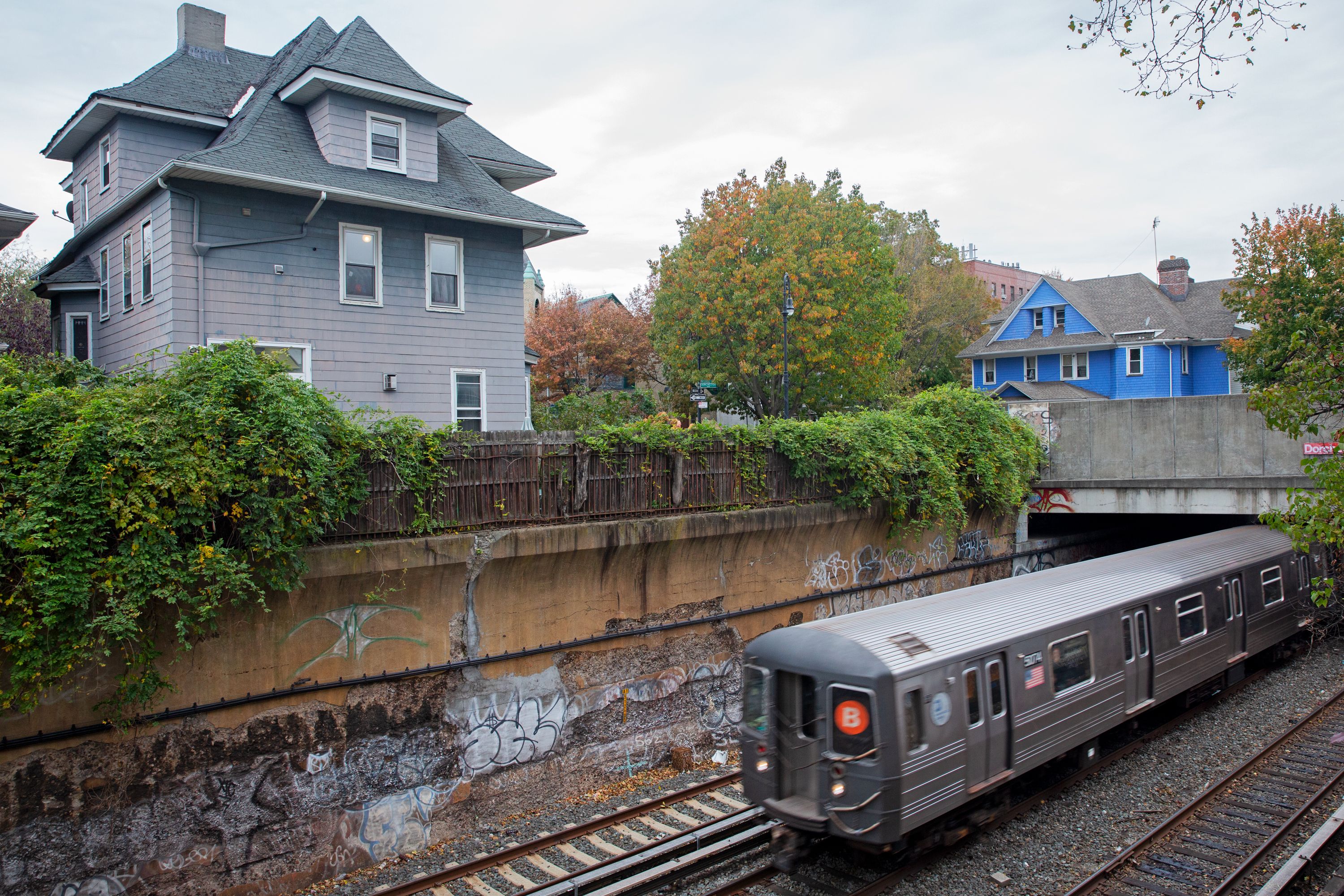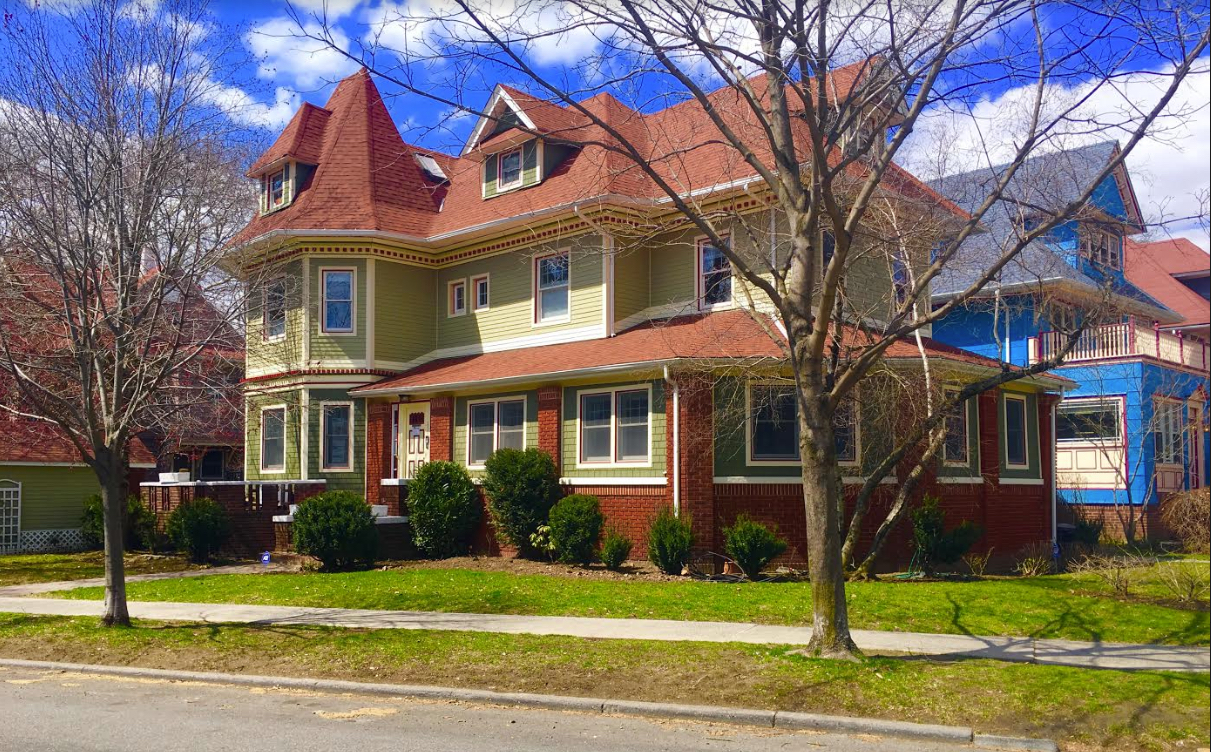Buildings commish backs off order for Q-train neighbors to inspect subway walls

Homeowners in Brooklyn got a letter from the Department of Buildings saying they were responsible for this retaining wall along the tracks. Photo by Ben Fractenberg/THE CITY
 This story was originally published on Nov. 10 by THE CITY.
This story was originally published on Nov. 10 by THE CITY.
The Department of Buildings commissioner on Friday said she will rescind hundreds of violation notices the agency had sent to owners of Brooklyn homes alongside a trench used by the Q and B subway lines, after the MTA stepped up to urge the bureaucrats to back off.
Owners of property next to a trench used by the N train will also see their tickets canceled, the letter from Buildings Commissioner Melanie La Rocca to New York City Transit President Andy Byford indicated.
